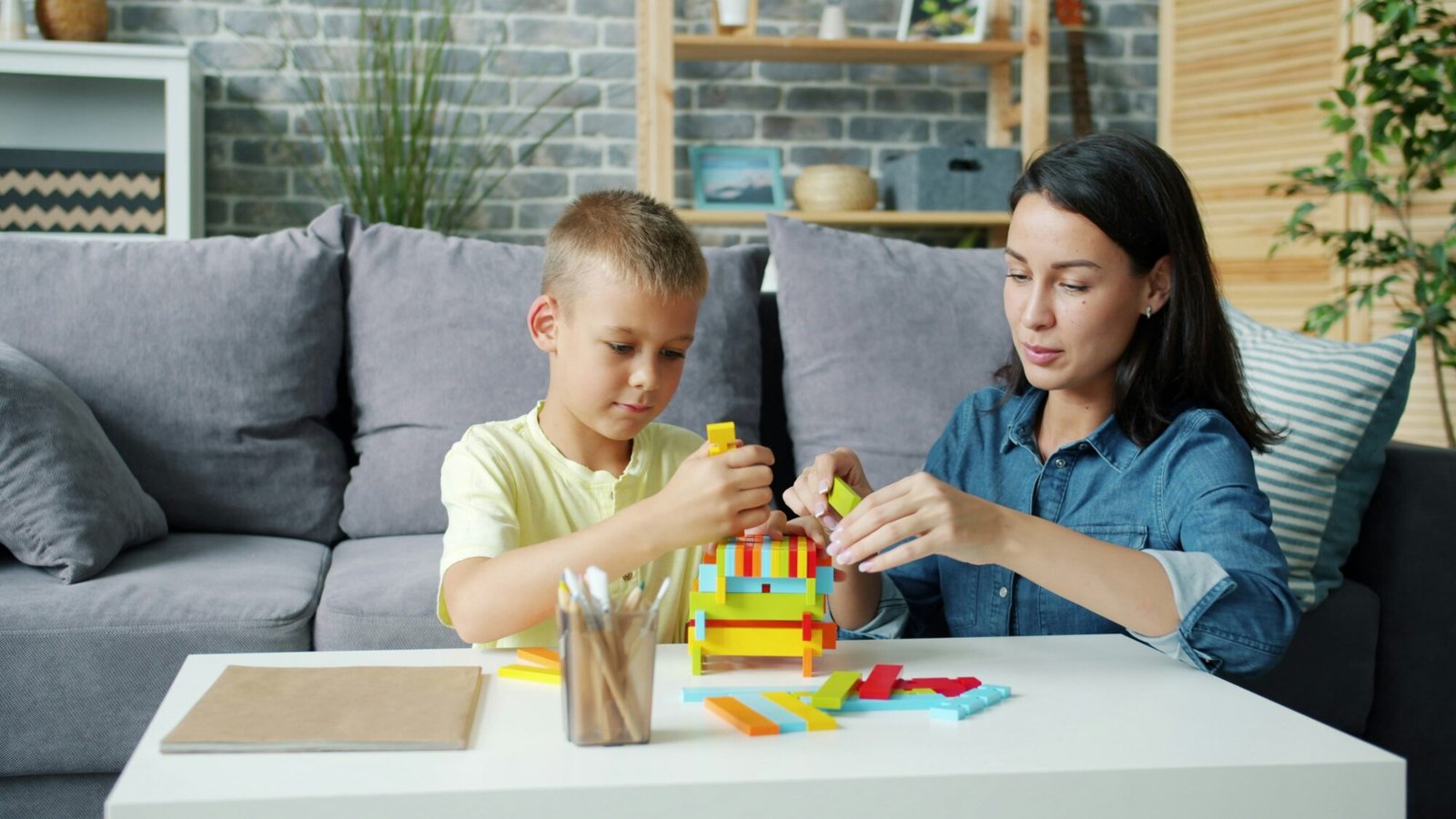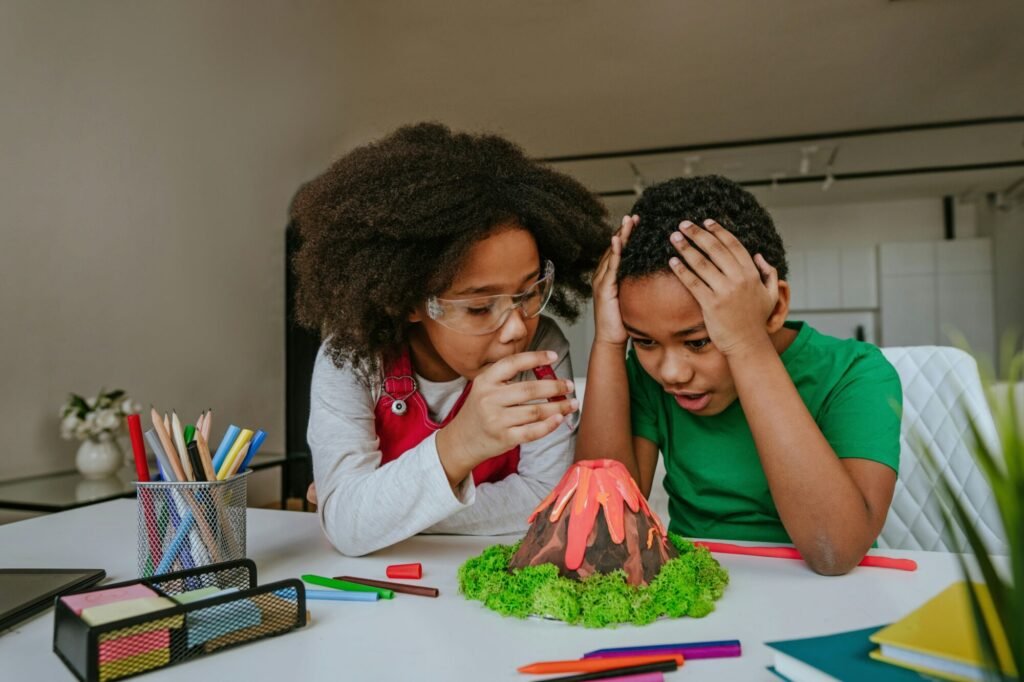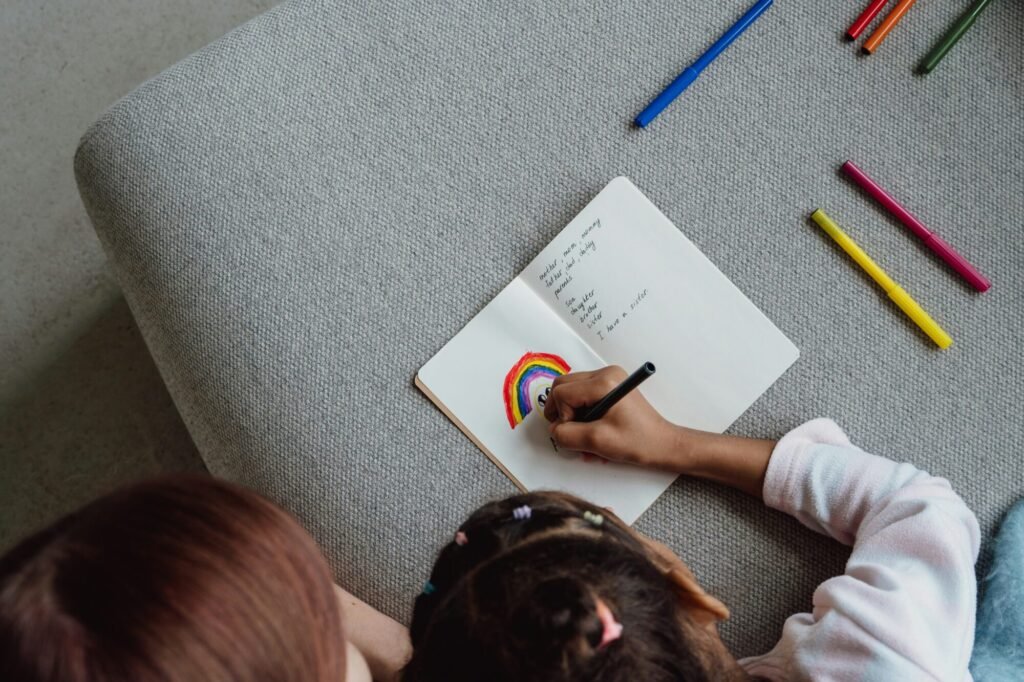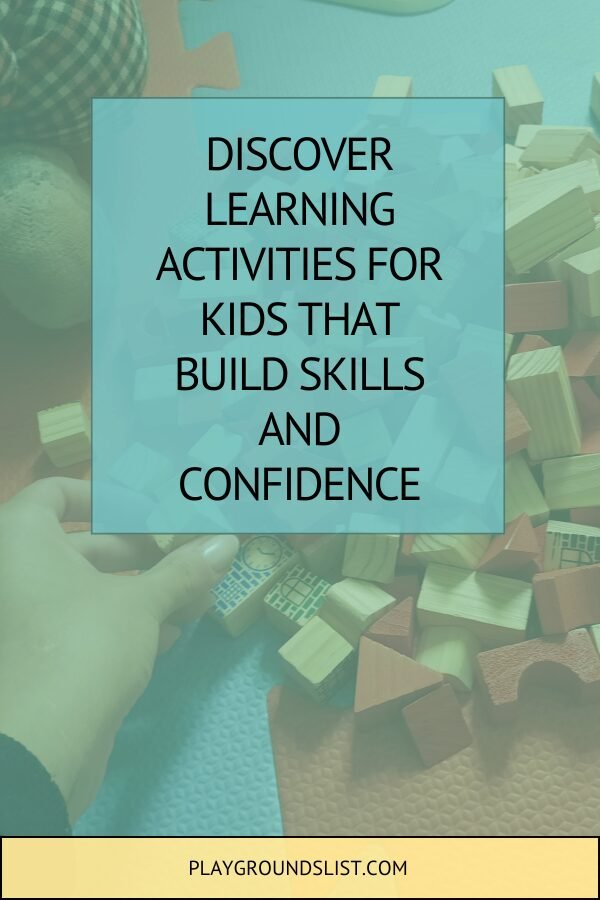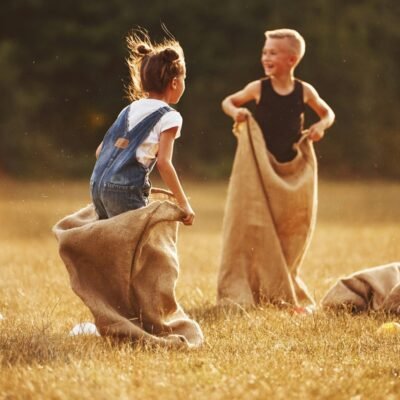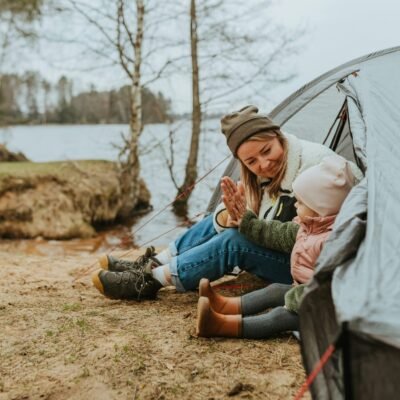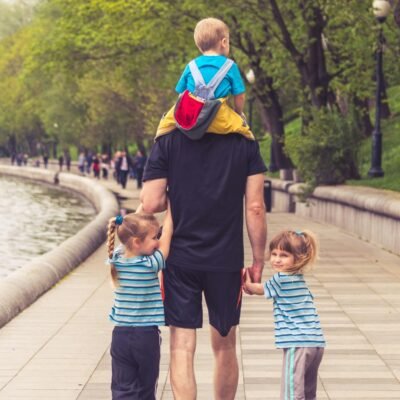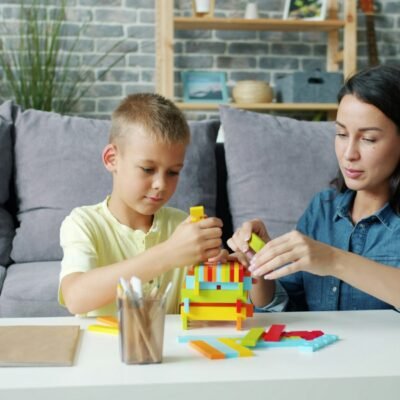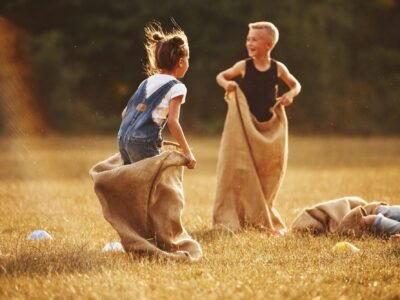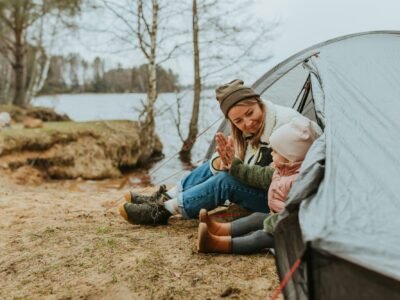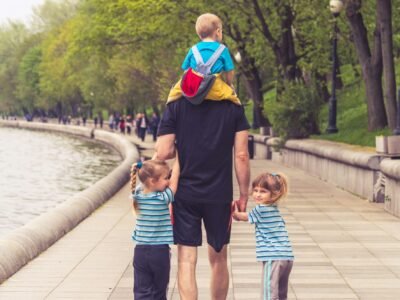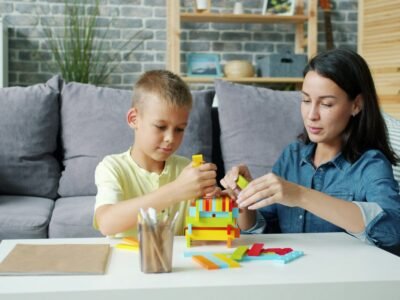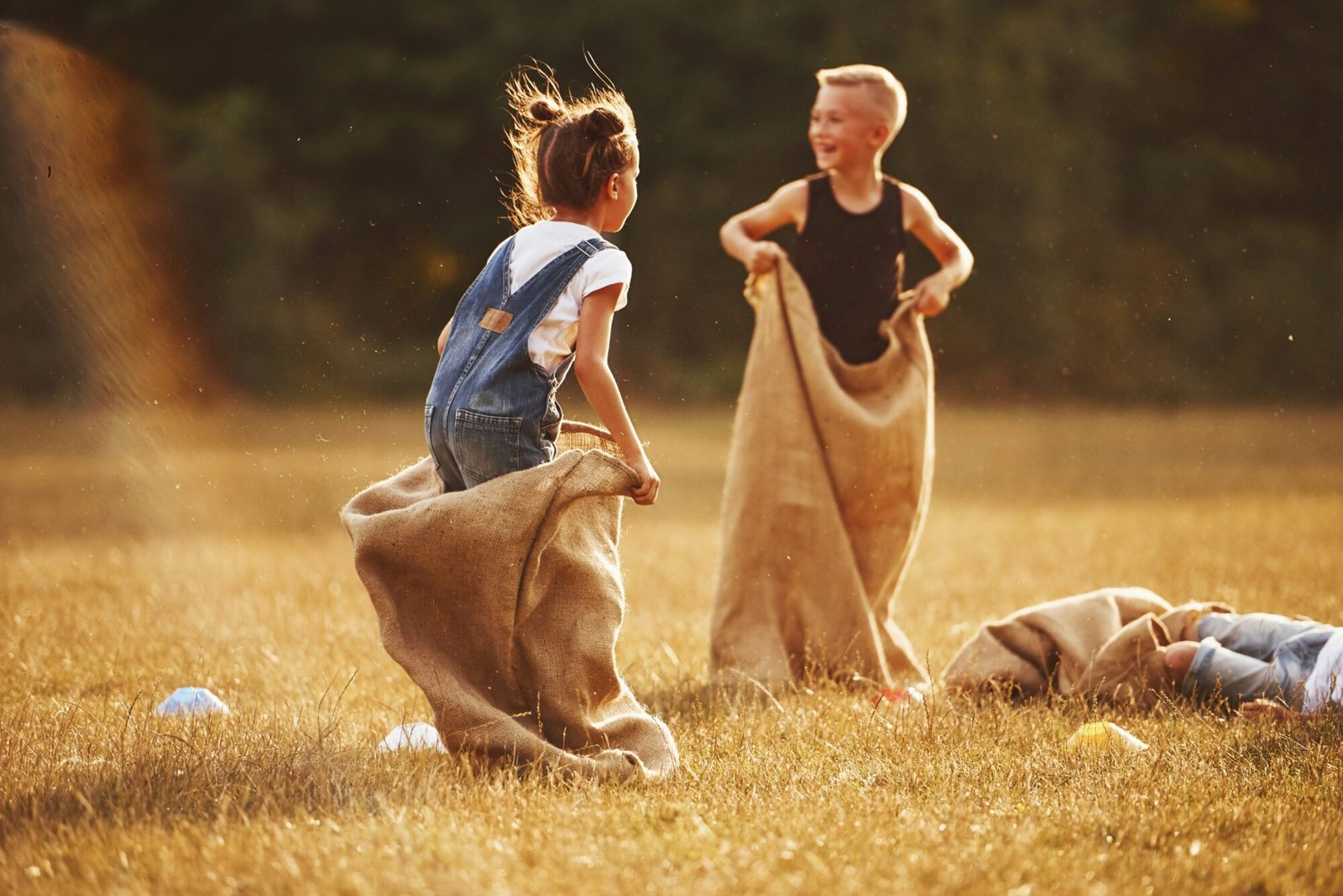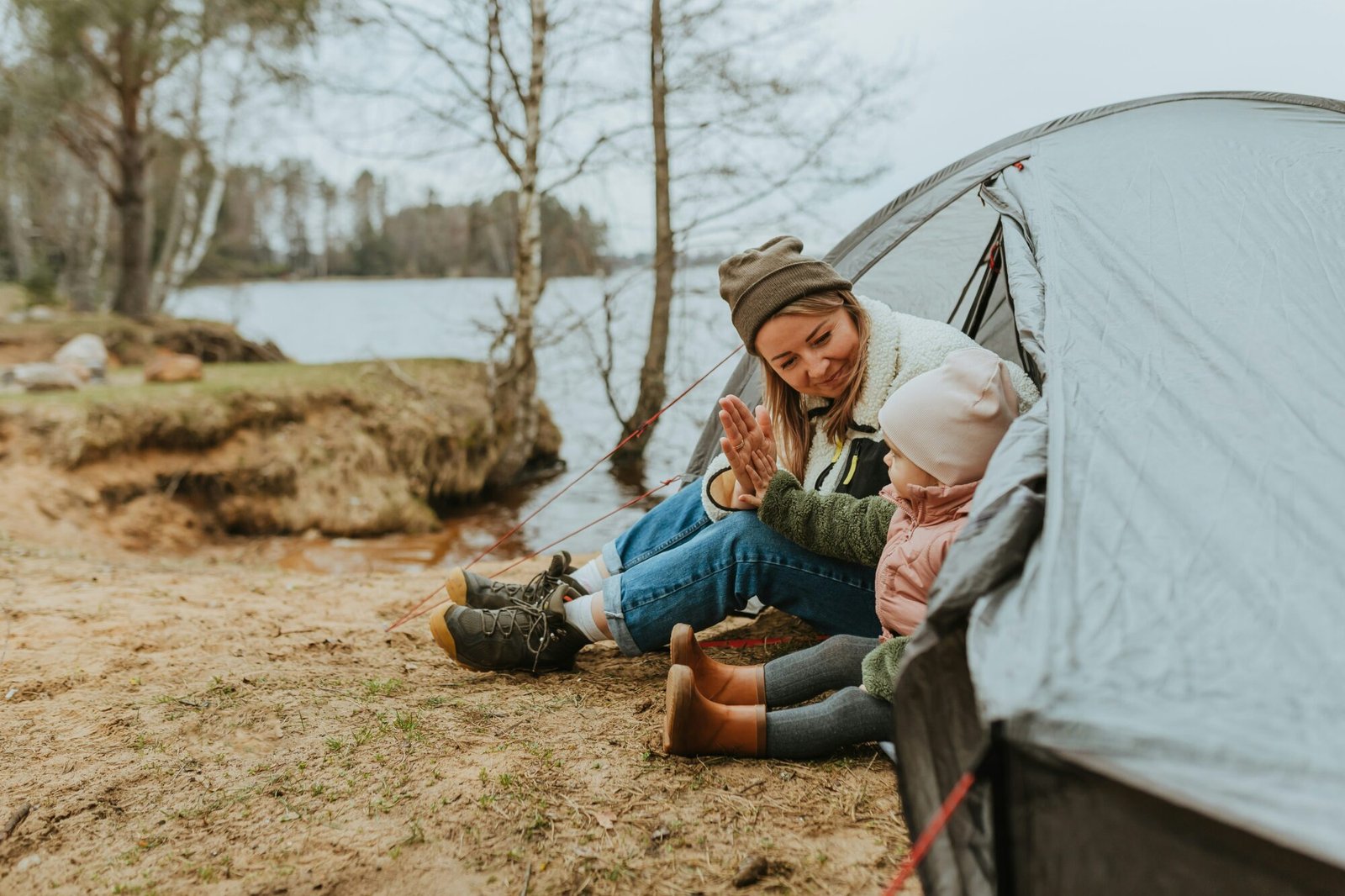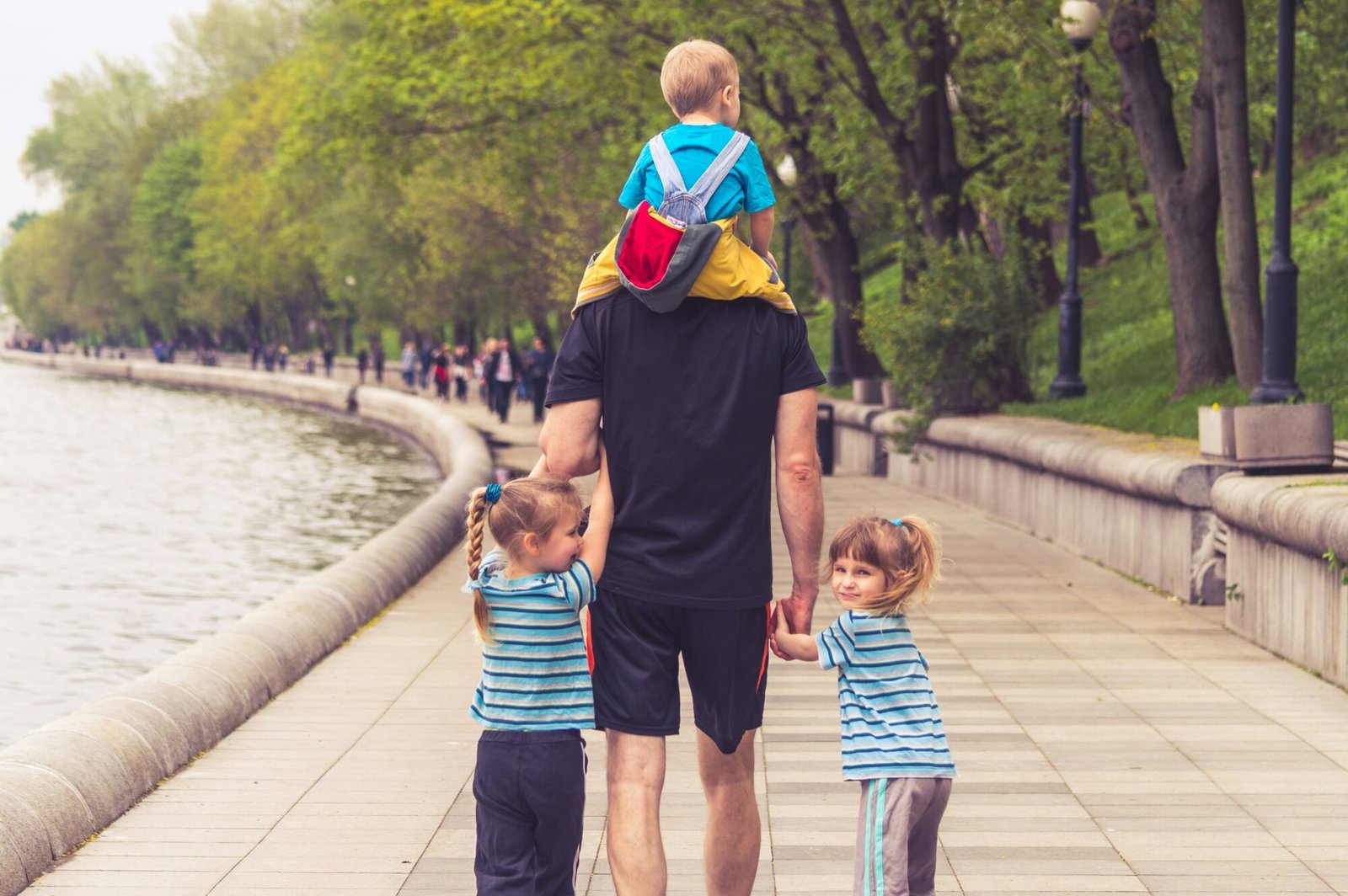Spark Curiosity and Growth
Every parent wants their child to love learning. But let’s be honest—finding the right balance between fun and educational activities isn’t always easy.
Some kids thrive when they’re hands-on and moving, while others need gentle encouragement to join in. That’s where learning activities for kids come in.
These activities aren’t about worksheets or long lectures. They’re about sparking curiosity, encouraging teamwork, and helping kids build confidence in ways that feel natural.
In this guide, we’ll explore cooperative learning activities, social emotional learning activities for kids, and even dive into the differences between passive learning vs active learning. Whether you’re a parent, caregiver, or teacher, you’ll discover simple, engaging ways to make learning part of everyday life.
Why Learning Activities for Kids Matter
Learning activities for kids are more than just fun diversions. They give children the chance to practice problem-solving, strengthen creativity, and develop important life skills.
When kids are engaged in play-based learning, they’re not just memorizing facts—they’re learning how to think, communicate, and collaborate.
Studies show that children retain knowledge more effectively when they’re actively involved in the process. That’s why passive learning vs active learning is such an important conversation for parents. Passive learning, such as listening to a story or watching a video, has value, but it doesn’t always stick. Active learning, where children are experimenting, building, or role-playing, creates stronger connections in the brain.
Think of it this way: a child who listens to a science lesson about plants may remember a few details, but a child who plants seeds, waters them, and tracks their growth will truly understand how plants live and thrive. That’s the power of active, hands-on learning.
Cooperative Learning Activities
One of the most powerful ways for kids to learn is through cooperation. Cooperative learning activities encourage children to work together toward a shared goal. These activities not only build academic knowledge but also help kids practice communication, patience, and leadership skills.
Here are a few cooperative learning activities you can try at home or in the classroom:
Group Puzzle Building
Give children a challenging puzzle to solve together. They’ll naturally begin assigning roles, sharing strategies, and cheering one another on.
Team Science Experiments
Simple experiments, like creating a baking soda volcano or testing objects to see if they float or sink, are even more fun when kids make predictions and test results together.
Partner Reading
Pair kids up and have them take turns reading a book aloud. One child can read a page while the other summarizes or asks a question.
Teacher tip: Keep groups small, ideally two to four children, so everyone gets a chance to participate. Rotate roles regularly—like leader, note-taker, or helper—so each child develops different skills.
Social Emotional Learning Activities for Kids
Learning isn’t just about math or reading—it’s also about understanding emotions and relationships. Social emotional learning activities for kids help them practice empathy, resilience, and self-control. These skills are essential for thriving at school and in friendships.
Here are some simple ways to bring SEL into your child’s day:
Emotion Charades
Write down different emotions—happy, frustrated, nervous, proud—and have kids act them out. This helps children recognize and talk about feelings.
Gratitude Journaling
Encourage kids to write or draw three things they’re thankful for each day. This builds a sense of appreciation and positivity.
Role-Playing Friend Scenarios
Act out situations like asking to join a game, handling a disagreement, or sharing toys. Talk through the best ways to respond with kindness and confidence.
Parent tip: Social emotional learning doesn’t need to be formal. Ask reflective questions at dinner (“What was something kind you did today?”) or at bedtime (“What’s one thing that made you proud?”). These small conversations reinforce emotional growth.
Passive Learning vs Active Learning—What Parents Should Know
It’s important to understand the differences between passive learning vs active learning when planning learning activities for kids.
Passive learning often looks like listening to a teacher talk, watching a documentary, or sitting through a presentation. Kids may absorb some information, but it tends to fade quickly.
Active learning, on the other hand, requires children to get involved. It might be creating a model, debating an idea, conducting an experiment, or even moving their bodies to demonstrate a concept. Active learning sticks because kids are making real connections.
You can also transform passive moments into active ones:
Watching a nature documentary? Ask kids to draw their favorite animal or write down three questions they still have.
Reading a story together? Encourage your child to act out the ending or imagine a different one.
Attending a museum? Let kids sketch their favorite exhibit or explain it in their own words.
Passive learning has its place, especially for introducing new topics, but active learning is where the magic happens.
Everyday Learning Activities for Kids You Can Start Today
You don’t need fancy supplies or hours of planning to incorporate meaningful learning activities for kids into your daily life. Here are some simple, practical ideas:
Cooking Together
From measuring ingredients to following steps, cooking teaches math, science, and cooperation. Plus, kids love eating the results!
Nature Walks with Scavenger Hunts
Head outside and create a list of items to find—like a red leaf, a smooth rock, or a bird’s feather. This builds observation and curiosity.
Family Board Games
Classics like Uno, Scrabble, or cooperative games encourage strategy, patience, and teamwork.
Creative Arts Projects
Painting, building with recyclables, or making up a play all help children express themselves while problem-solving.
Parent tip: Keep a “learning bin” at home stocked with crayons, magnifying glasses, building blocks, and simple craft supplies. Having materials ready makes it easy to jump into a spontaneous activity.
Make Learning a Natural Part of Life
Learning doesn’t just happen in classrooms—it happens in kitchens, backyards, and living rooms every single day. When we offer kids a mix of cooperative learning activities, social emotional learning activities for kids, and opportunities to engage in active learning, we give them tools that last far beyond childhood.
Remember: small, everyday learning moments add up to big growth. Try adding just one new activity this week. Whether it’s cooking together, journaling, or solving a puzzle, you’ll be building not just knowledge, but also confidence, creativity, and connection.
Because at the end of the day, the best learning activities for kids are the ones that make them feel excited, supported, and ready to take on the world.

